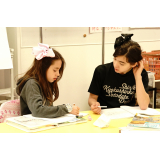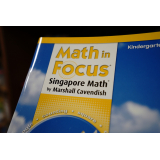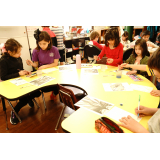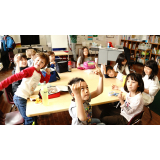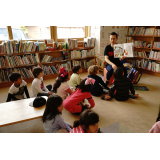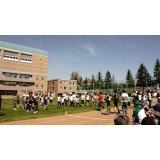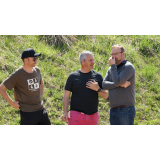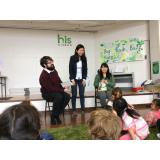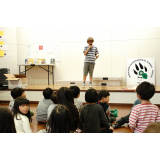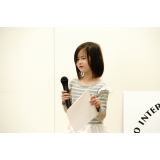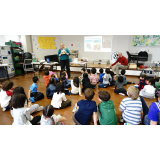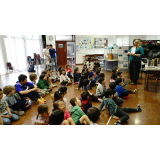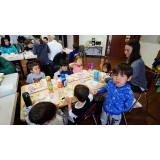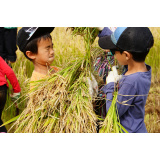Special Feature: Classroom Atmosphere
Here, we introduce the special page of the June 2018 issue magazine. Coverage: Public Relations Hearing Coordination Sakaguchi
Thinking about Niseko's education & internationalisation
"Motto Shriritai (Want to know more)"
"Hokkaido International School · Niseko"
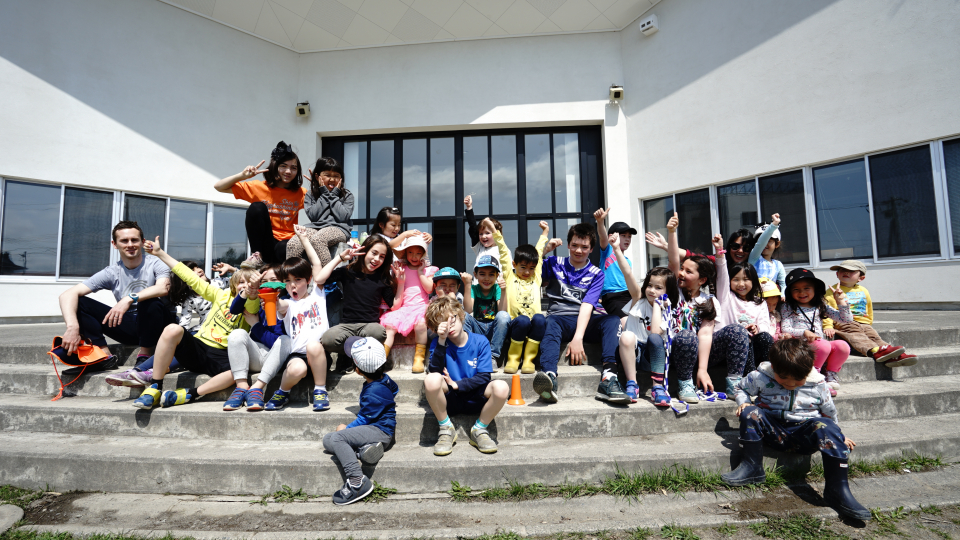
About this special feature
Niseko town is one which has seen a steady increase in the number of foreign residents. For these residents giving their children an English language medium of education is important. Though it has a prominent place in the town, very little is actually knwon about the Hokkaido International School Niseko. What kinds of students attend it? What kind of teachers work there? And what kind of educations methods do the employ? So we diecided this time to focus a little more on the work being done in the school.
How HIS Niseko was founded
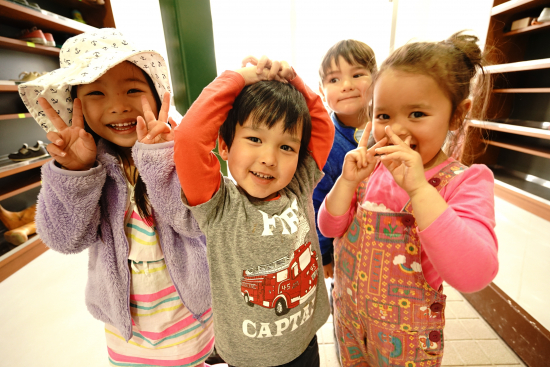
Energetic children
To start with, how many international schools are there in Japan? Though there are many management entities, taking into account American and British Schools there 28 in total (accroding to JCIS) in Sendai, Tokorozawa, Tsukuba, Tokyo (12), Yokohama (2), Nagoya, Kobe (3), Kyoto, Osaka (2), Hiroshima, Fukuoka, Sapporo, and Niseko.
In the midst of all these large and important cities, Niseko certainly does stand out for having an international school though it only has a population of around 5,000 people.
Hokkaido International School Niseko (Or as it is more commonly called HIS Niseko) first opened its doors in January of 2012. Initially, Niseko Town set aside around 60million yen refurbished the Old Miyata Elementary School into an international exchange facility after considering the location and interaction of local facilities. With the approval of the town council, the refurbished building was handed to HIS free of charge.
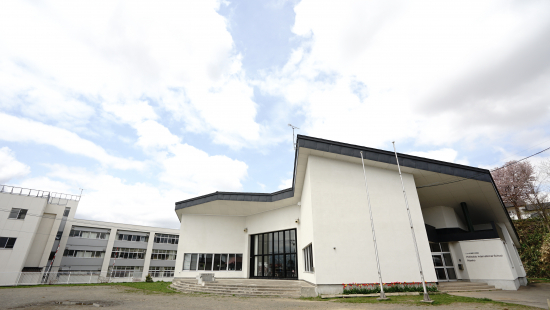
Some background to the attractiveness of the move are as follows 1) An increase of tourism investment and foreign residents, 2) A wish from people in the area to greater improve the access to education for these residents, 3) The founding of HIS in Sapporo.
As a town, Niseko posited a comprehensive town development plan to make itself a "Small city of the world" with the basic tenants of 1) Providing an environment that is easy to work and live in, 2) The citizens of Niseko with the Elementary & Middle School students take part in various cultural events, 3) Give better chances for International Exchanges.
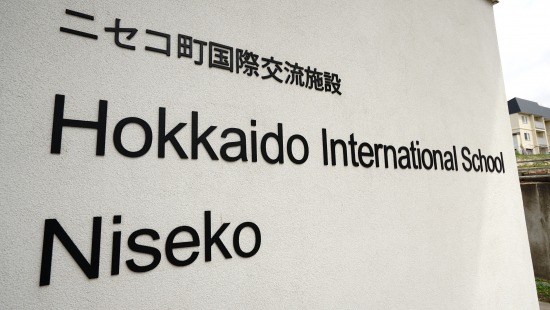
Niseko Town Population Changes from January 1995 to April 2018

What kind of lessons are being taught in HIS Niseko?
Anyone who went through compulsory education in Japan knows well the kind of lessons taught in Japanese schools. But what kind of lessons do you think are taught HIS Niseko?
Class Makeup
HIS Niseko has three and classrooms, Milepost 1 (called MP1 with 11 students aged 5~7), MP3 (with 6 students aged 8~11), and Early Years (called EY, with 10 students aged 3~4). Students, even if they are in different grades, will often have some classes together on different themes and will help each other complete their various tasks.
*MP2 is split between two classes due to the number of students.
Teachers and students are in constant communication with each other during class, with even yound children giving presentations from the age of 5.
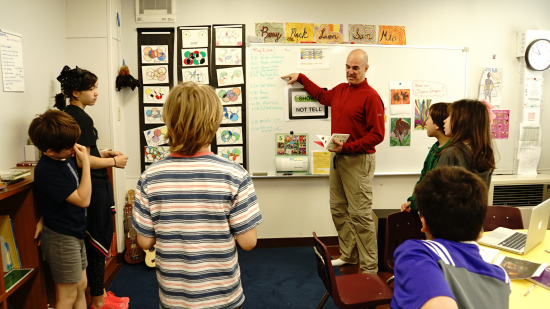
A lesson with MP3
International education curriculum (IPC)
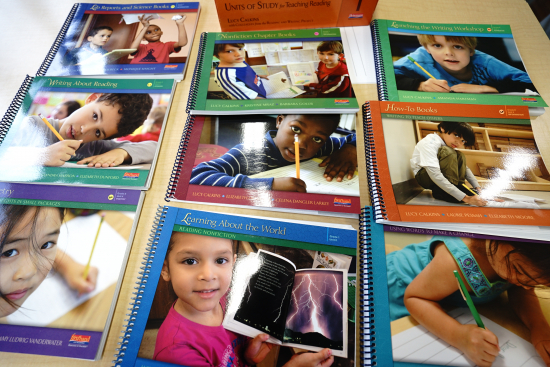
What curriculum guidelines are used?
What kind of textbooks are used?
In actuality, HIS Niseko does not use textbooks as set out by the Ministry of Education which are given out to every elementary school in the country. HIS Niseko also does not follow the common Japanese curriculum of National Language (Japanese), Science, and Society that many Japanese elementary schools follow. Instead of textbooks, notebooks, tablets and writing utensils rule the day. Also the basic curriculum is composed of the "International Primary Curriculum" (IPC), Singapore Math*, Reading, and Writing.
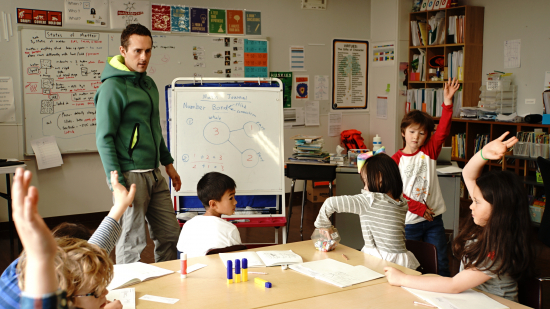
A lesson with MP1
IPC is a relatively new primary education curriculum only being developed in 2000. Although difficult to imagine for those who only went through the Japanese education system, there are many different systems in place around the world. IPC had been adopted by over 98 countries around the world by over 2,000 schools.
More specifically there are learning goals in art, geography, history, ICT, music, PE, science and technology, as well as 9 international subjects. However, these subjects are taught through over 130 themed units. An example would be the theme "Freeze it!" which deals with the change from liquid to solid and liquid to gas. So for all intents and purposes this is a science lesson just carried out in a different way.
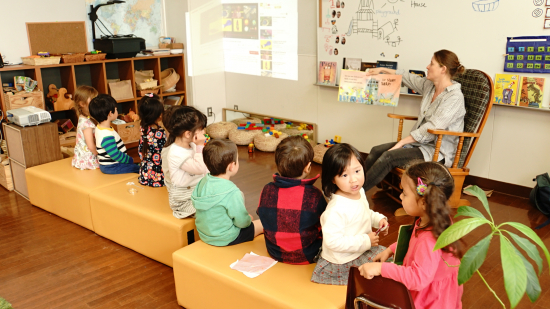
A lesson with EY
(* 1) Singapore Mathematics is a framework developed by the Ministry of Education in Singapore, a country which has consistently being ranked as one in the top percentage of world for student achievement. It has been about 20 years since this system was introduced into the US and consistent improvement to student scores has been seen.
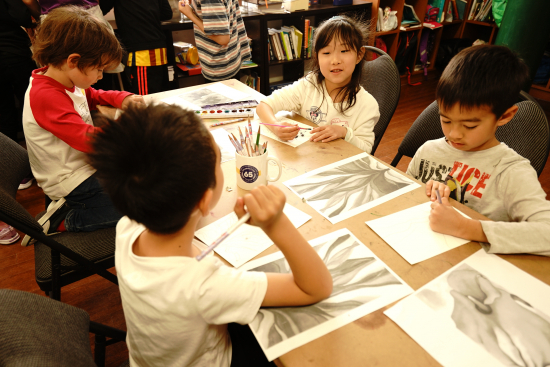
Private Lesson (ELL)
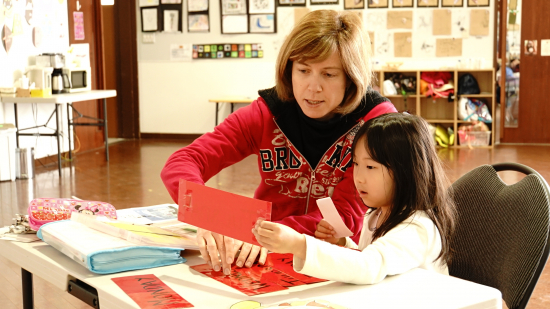
All lessons given in HIS Niseko are given in English. However, not every student has the same level of English. Thus private lessons referred to as "English Language Leaners" (ELL) to allow students to catch up with their English ability and feel more comfortable in their classes and gain further confidence.
Exchange Events and Activities with Niseko Town

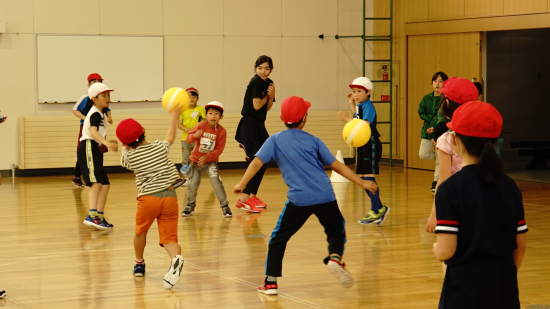
Dosgeball game with Niseko Elementary
HIS is extremely active within the Niseko region. Twice a year Niseko Elementary School meets up with HIS Niseko and the two schools take part in events related mostly to PE and IPC. Also, HIS Niseko also aids Kondo Elementary with rice planting and harvesting.
In addition, there are periodic trips to the local library, Asobook, for picture book readings in English where all are welcome. Also, the 4 Coordinators for International Exchange (CIRs) come in once a month and do a picture book reading in languages such as Chinese, German, and Irish.
HIS Niseko participates in events such as Niseko Halloween in October and always look forward to chances to have connections with the local community.
HIS Niseko participates in events such as Niseko Halloween in October and always look forward to chances to have connections with the local community.
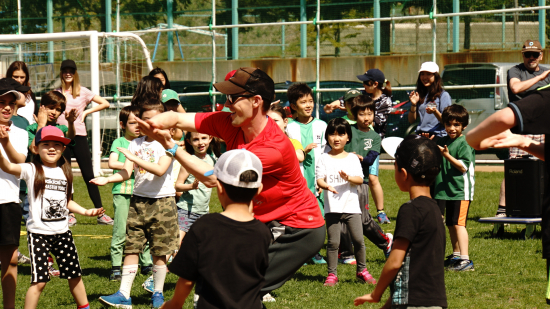
An athletic meeting at Sapporo school. Radio exercises, not shuriken dance?
Also, exchange activities with the main Sapporo school are thriving. One example is sports days held by both schools. Though these sports days are somewhat different from the kind you will find in Japan. There are no "player oaths" or required greetings by the principal, nor set programme. The events start on their own and just go naturally. Also, unlike in Japan where everyone warms up to radio exercises, the HIS sports days start with a special dance.
Inquiries
- Planning & Environment Division Public Relations Sector
- TEL:0136-56-8837
- FAX:0136-44-3500
